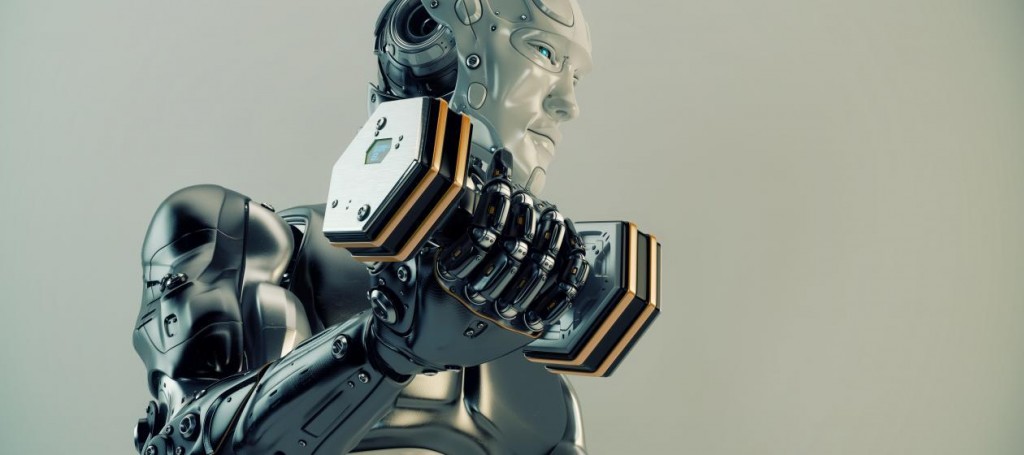Quiconque a déjà brisé l’écran de leur iPhone ou subit la perte de capacité de sa batterie sait que ces appareils sont destinés à se détériorer et finissent par mourir. Et si, un jour, ils pouvaient « guérir » ? Voilà la vision Chao Wang, un chercheur en polymères et professeur adjoint au département de chimie de l’Université de Californie. Il a contribué à inventer, un polymère super-extensible, doté d’une capacité d’auto-guérison qui pourrait un jour donner à nos appareils électroniques la faculté de se réparer.
En collaboration avec des collègues de l’Université de Stanford, l’Université de Nanjing en Chine, et d’autres institutions, Wang a contribué à créer un polymère synthétique qui agit de façon étonnante. Dans un article récemment publié dans Nature Chemistry, ils décrivent un matériau qui peut s’étirer de 100 fois sa propre longueur – puis faire son chemin de retour à son état original. Et lorsqu’il est coupé ou percé, il reconstitue son intégrité tout seul…
Anyone who has ever smashed their iPhone’s screen or depleted a battery knows that devices are destined to deteriorate and eventually die. But what if they could one day heal themselves? That’s the vision Chao Wang, a polymer researcher and assistant professor in the chemistry department at the University of California, Riverside has for the future — and he helped invent a super-stretchy, self-healing polymer that could one day make it possible.Together with colleagues at Stanford University, Nanjing University in China, and other institutions, Wang helped create a synthetic polymer that acts in some astonishing ways. In a recently published article in Nature Chemistry, they describe a material that can stretch to 100 times its own length — then make its way back to its original state. And when cut or punctured, it puts itself back together again.
Source : Next up for robots: Synthetic muscle





 Ecko Magazine
Ecko Magazine 










